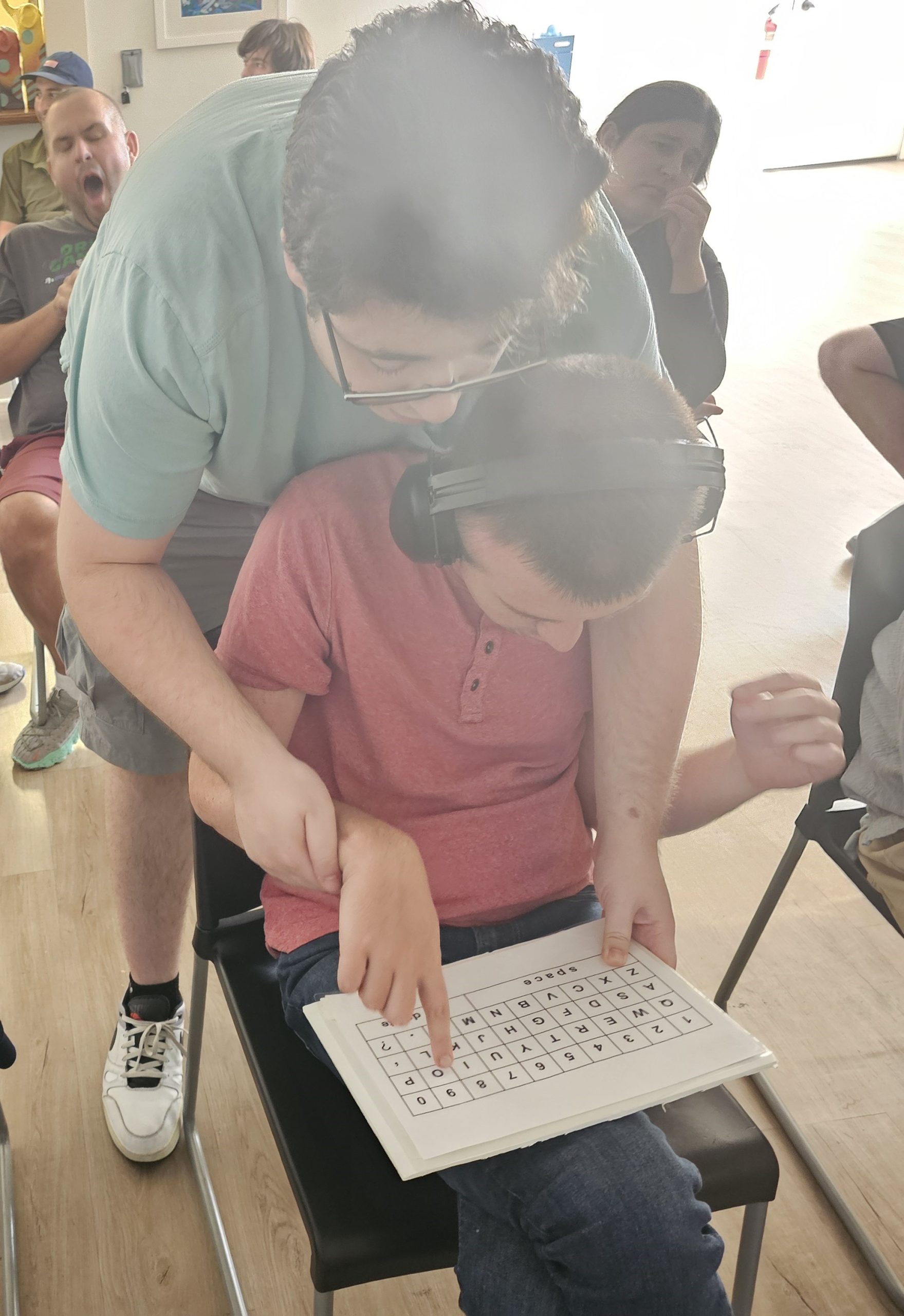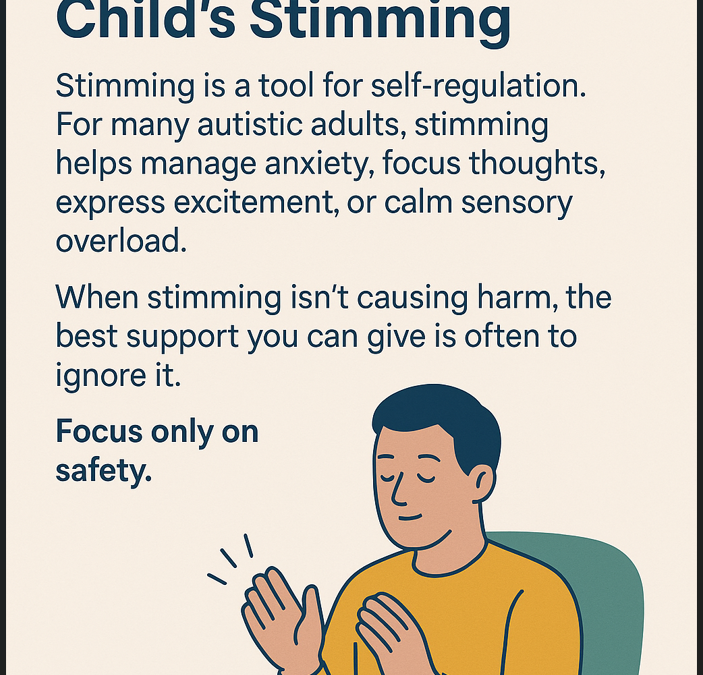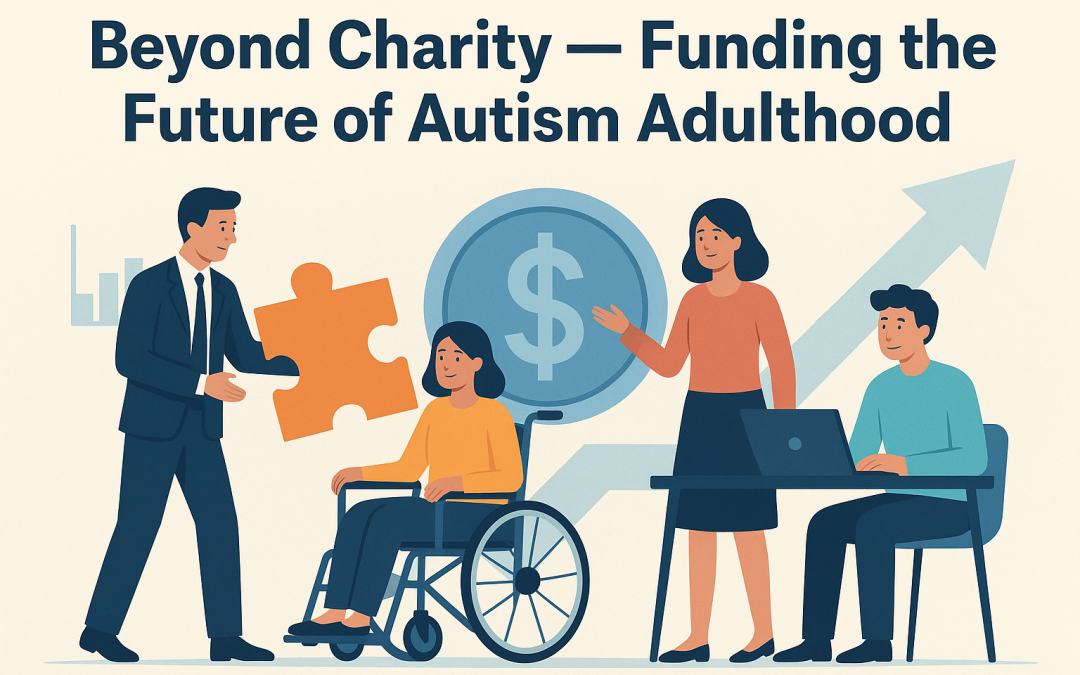In recent years, the term “neurodiversity” has become a powerful and positive way to talk about differences in the human brain. It reminds us that there’s no single “normal” way to think, learn, or communicate, and that neurological differences like autism, ADHD, or dyslexia are part of the natural diversity of humankind. But while neurodiversity is a broad and inclusive concept, it’s important to understand that autism is not the same as neurodiversity, and that distinction matters.
Neurodiversity describes the entire spectrum of human cognitive variation. Autism, on the other hand, is a specific neurodevelopmental condition that affects how people experience the world, influencing social communication, sensory processing, and patterns of thinking. Using these terms interchangeably can blur the unique strengths, needs, challenges of the autistic community.
Celebrating neurodiversity promotes acceptance and inclusion, but addressing autism requires specific understanding of the common gifts as well as support needs. Adults with autism often have higher than average intelligence, and unique strengths such as visual acuity or pattern recognition that can be overlooked. For those with higher support needs or who are non-speaking, they may require communication tools, structured environments, and specialized training to thrive. When we fail to differentiate, we risk overlooking the amazing gifts as well as the essential supports in the name of inclusion.
Understanding autism within neurodiversity doesn’t divide us; it ensures that each person gets what they need to live, learn, and contribute fully. Help build a world that values both individual identity and personalized support…a world where everyone, regardless of how their brain works, belongs.




